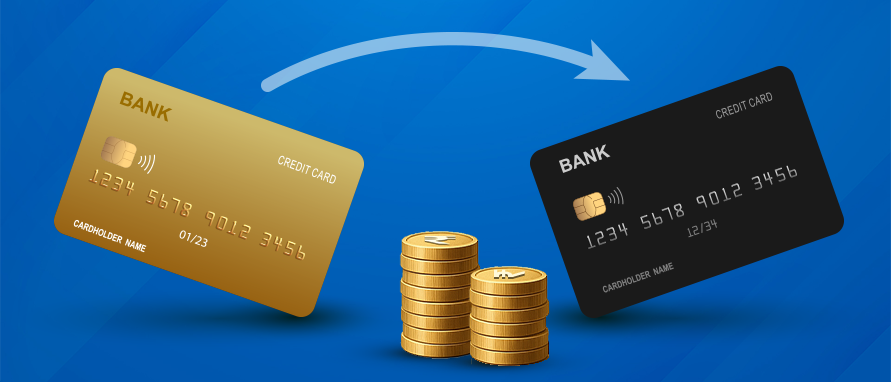While balance transfer credit card offers seem attractive, it’s important to be aware of potential risks:
High Interest Post-Promotion
After the introductory offer ends, standard interest rates apply, often significantly higher. If your debt remains unpaid, your interest burden could rise substantially.
Applying for multiple credit cards in a short period can negatively affect your credit score. Also, failing to manage repayments may harm your creditworthiness.
Balance transfer and annual fees, while seemingly small, can add up over time. Carefully consider these fees against potential savings.
Having available credit can tempt you into new purchases, potentially increasing your overall debt.
To minimise these risks, carefully assess your repayment capabilities before applying for a balance transfer credit card.






































